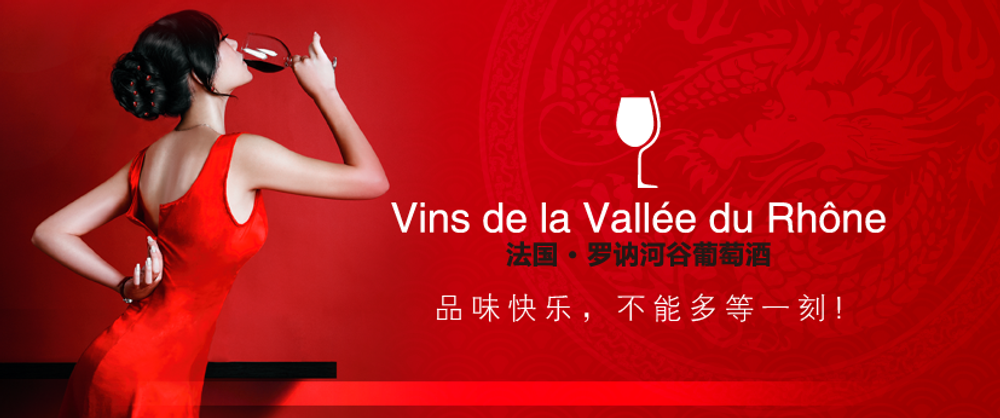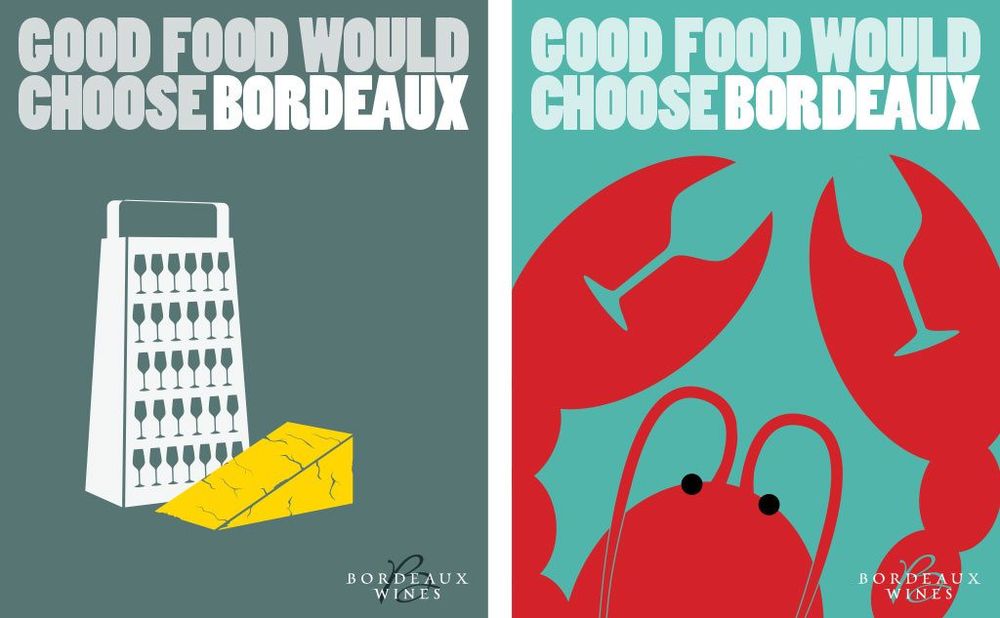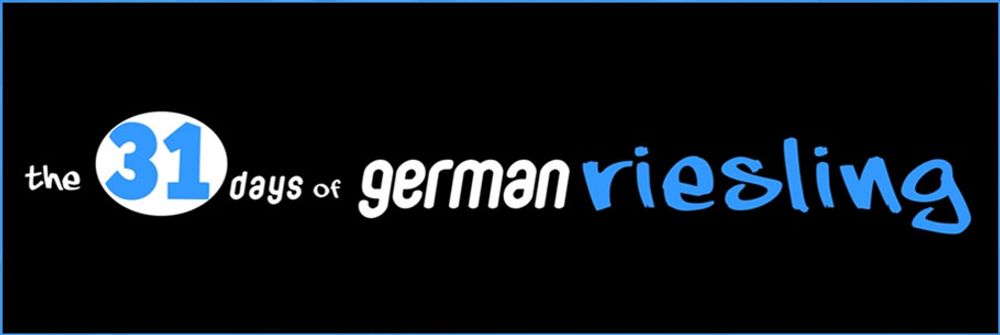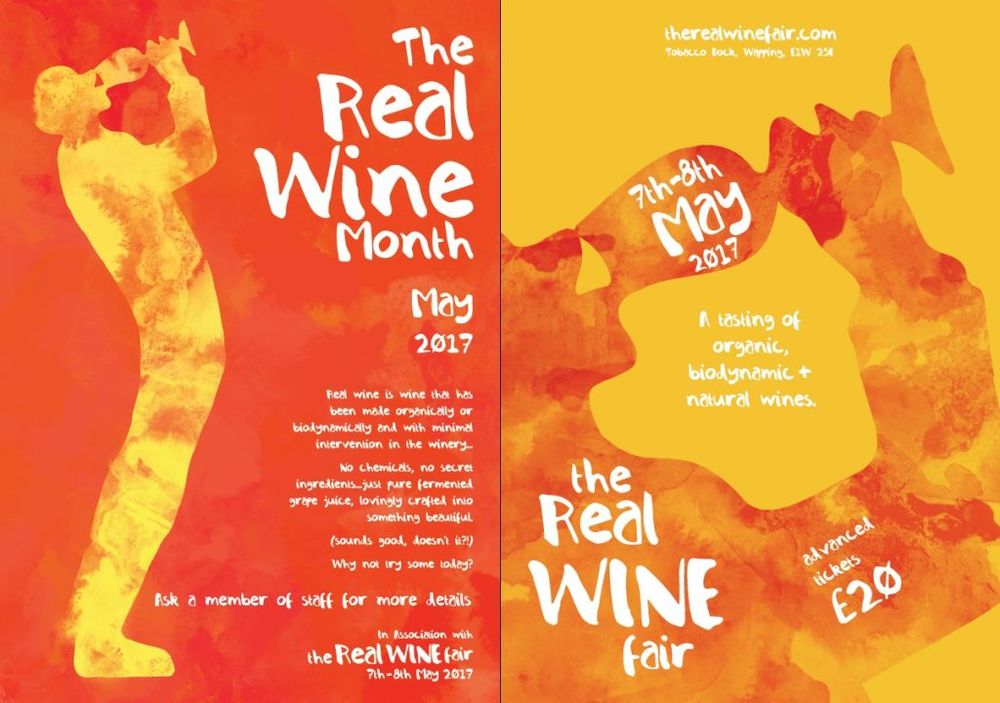We have never had it so good when it comes to creative wine advertising, the challenge now is how do we take great above the line campaigns down to the restaurant floor.
Just like the proverbial London bus you can’t wander around the city at the moment without stumbling across another eye catching wine advertising campaign. Particularly if you do most of your travelling underground on the London Tube.
It seems the creatives have finally been given the chance to get their hands on some interesting wine campaigns and been given the freedom to ramp up the quality.
Leading the way is France and, in particular, the big generic campaigns that are being used to promote Côtes du Rhône and Bordeaux.
Noticeably both are using quick, eye-grabbing visuals to get their message across, with no direct wine geek information usually used to promote these classic French wine regions.

Inter Rhone’s red woman campaign worked well all around the world
Inter Rhône has a long track record of running effective visual campaigns. From its cartoon pigs to the mysterious lady in red, both have slipped seamlessly into the archives of wine advertising – and in the case of the latter – wine cliché too.
Going underground
The new campaign for Côtes du Rhône, devised by the Creature of London creative agency, cleverly captures the spirit of the Belle Epoque image of France, made famous in advertising and drinks posters, but with a clever twist.
Look closer and these are illustrations depicting scenes of modern life and the tagline nothing but cheeky Franglais. So what at first site looks like a piece of cliched French advertising soon raises a smile as you quickly move on to the adjoining poster with a different scene and pay off line.
The campaign ran in 15 key London tube stations during June and, interestingly, whenever I came across them there was always three posters in a row. Not only did that mean they made a bigger impact with their bright colours and familiar designs, but as all comedians – or politicians – will tell you, the best punchlines always come in threes. Or in Côtes du Rhône case lines such as “Un Vin Delicieux Pour Un Night In With Le Tellybox”.

Going underground with Inter Rhone and its great Franglais campaign
Quite what this tells you about the Rhône Cote as a wine region is open to question. But it completely succeeds if the ambition is to simply make us all aware that there is a Côtes du Rhône wine region that if it does anything makes bright, colourful wines – and has a personality.
Discovering Bordeaux
Similarly the Bordeaux campaign, which is a lot longer in the tooth, also uses simple, but clever imagery to punch home its key message. Yes Bordeaux is complicated and complex and very hard to understand, but that is also what makes it so interesting for wine drinkers as it offers so many wines and regions and appellations to discover.
Hence the illustrations, for which there are now over 60, all tweaked to work in multiple different markets around the world, that all work on the same premise.
Namely that Bordeaux is a place for discovery, but you have to work to find it, which it illustrates with an image that is not what it seems at first sight. Be it a frying pan with a wine bottle as a handle or as a telescope like below. Each time it is the Bordeaux bottle of wine that is the “hero” of the story.

It has become such an important part of Bordeaux’s advertising in that it appeals to both traditional Bordeaux drinkers and yet is also easily understood by newcomers, says Allan Sichel, president of the CIVB, the region’s generic body. It also neatly gets round France’s tight advertising laws around drinks advertising.
It is a campaign that keeps on giving, particularly for the creative agency, Isobel, that came up with it, as it has now been expanded and developed to work online and across social media and can be adapted to work for different seasons and events during the year. It is also being used to help link Bordeaux wine with food, travel as well as help promote its different styles like white and rosé.

But do they sell more wine?
But whilst both are really eye catching and effective in letting you know there are some great – and approachable – wines from classic regions like Bordeaux and Côtes du Rhône, do they really help the average wine drinker know what to buy?
When customers go to the Rhône and Bordeaux sections of the average wine aisle, or peruse the choice of French wine on a wine list, they are still confronted with names of sub regions, villages, appellations and a classification system that are, contrary to the advertising campaigns, every much as hard to fathom as before. Never mind discover.
For campaigns like these to really work they need to take the above line message on to the shop floor or in to bars and restaurants.
These are just two examples, but can be equally said for the vast majority of generic campaigns.
Advertising and sales challenge
Could producer members of the generics involved agree to make and market wines that use the posters and illustrations as part of their own labels? Or include stickers that carry the campaign’s logo or visuals. Anything that brings it to life on the shop floor or on wine lists.
Yes, that is not what generic bodies are tasked to do. They have promotional budgets to spend to help raise the profile of their region. It is up to the individual producers to sell their own wines.
And it could all get very complicated about which producers wines are used as part of a wider campaign. But equally it could be an opportunity for those producers willing to back the campaign more to get involved.
They can certainly be encouraged to promote the campaigns as part of their social media activity and find a way where they can stamp their own mark on it.
Going direct

Interestingly the current 31 Days of Riesling campaign, being run by Wines of Germany, is all about taking its campaign message directly in to the independent wine merchants, restaurants, bars and pubs that have signed up to take part.
It currently has up to 200 different operators all promoting German Riesling in their stores, restaurants and bars. All backed up and supported with extensive point of sale kits, posters, aprons, corkscrews all emblazoned with the 31 Days of Riesling logo.

Similarly the recent Real Wine Month to promote natural wines, organised by Les Cave de Pyrene, saw restaurants and bars also put up generic posters and use point of sale to get the campaign’s logo out right across the country.
Agenda setting campaigns
All these promotions are great examples of agenda setting campaigns. There is much to learn from all of them, but it seems the most effective are the ones that can take that big above the line message, plastered across buses, poster sites and tube stations, and then drill down to where people are actually drinking and buying those wines.
Interestingly Inter Rhône chose London tube stations where there was a high density of nearby restaurants and bars selling those kind of wines. Perhaps smaller posters next to the tube exits that listed all the nearby restaurants would have been a canny way of taking the message further to the buying wine drinker.
The Sideways approach

Chuck Cramer helped link Sanford Wines and Terlato Wines sponsorship of the Sideways play with wine deals for those wines in nearby London restaurants and bars
When Chuck Cramer was looking to make the most of the sponsorship tie in for Sanford Wines and the iconic Sideways play in London last year,he was able to sign up a network of restaurants, bars and hotels as part of the package. For each one he organised different wines by the glass or pre or post wines and meal offers for the actual wines that feature in the play. A campaign that The Buyer was happy to partner with to help promote the special Sanford-Sideways-Wine-Map that was created to show all the restaurants and bars taking part in the promotion.
Connected campaigns
It is hard, if not impossible in most cases, for generics to be able to do the big above the line campaigns and then be able to take it right down to store and bar level.
But there are ways to do it, particularly using innovative digital campaigns and making the most of platforms such as Instagram and the various chat apps.
Or working closer with importers, distributors, retailers and operators to take that messaging on to the front line.
A wine list, for example, that included one of the Inter Rhône posters would be great to see.
The creativity is certainly there. The next challenge is to have a more a connected and joined up approach so that the end consumer, the wine drinker, gets as much help as they can when deciding what bottle of wine to buy.
































